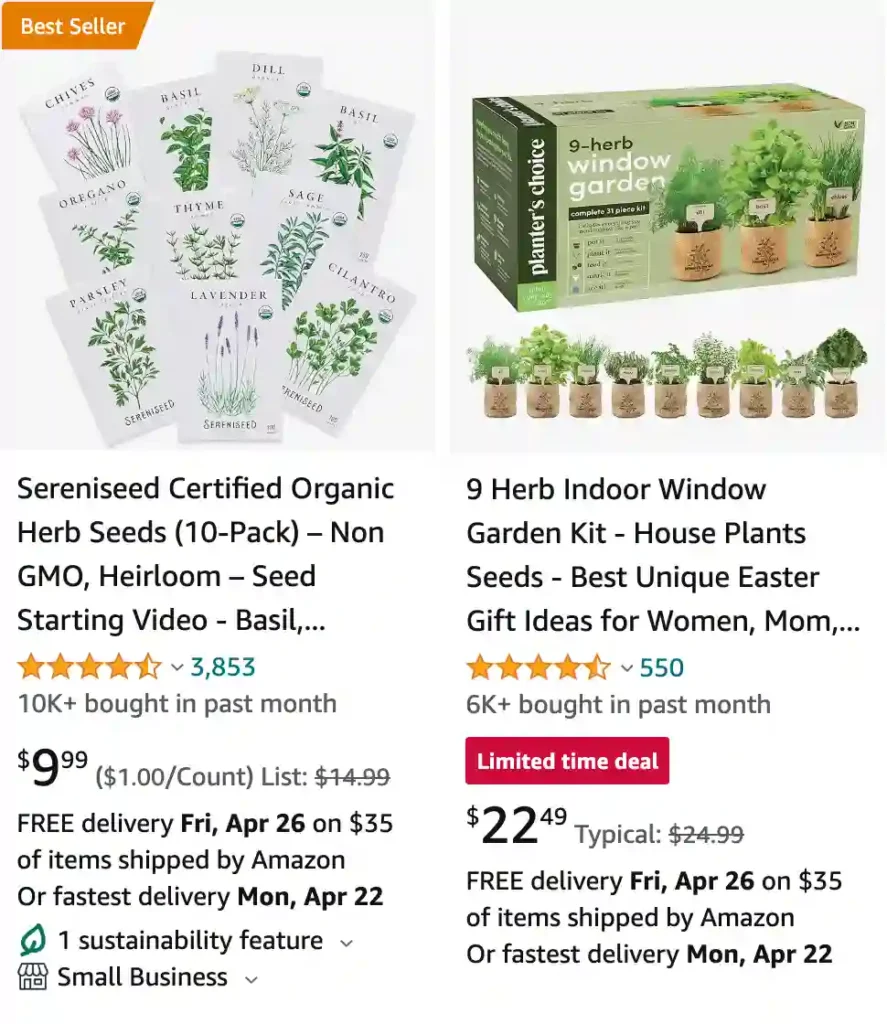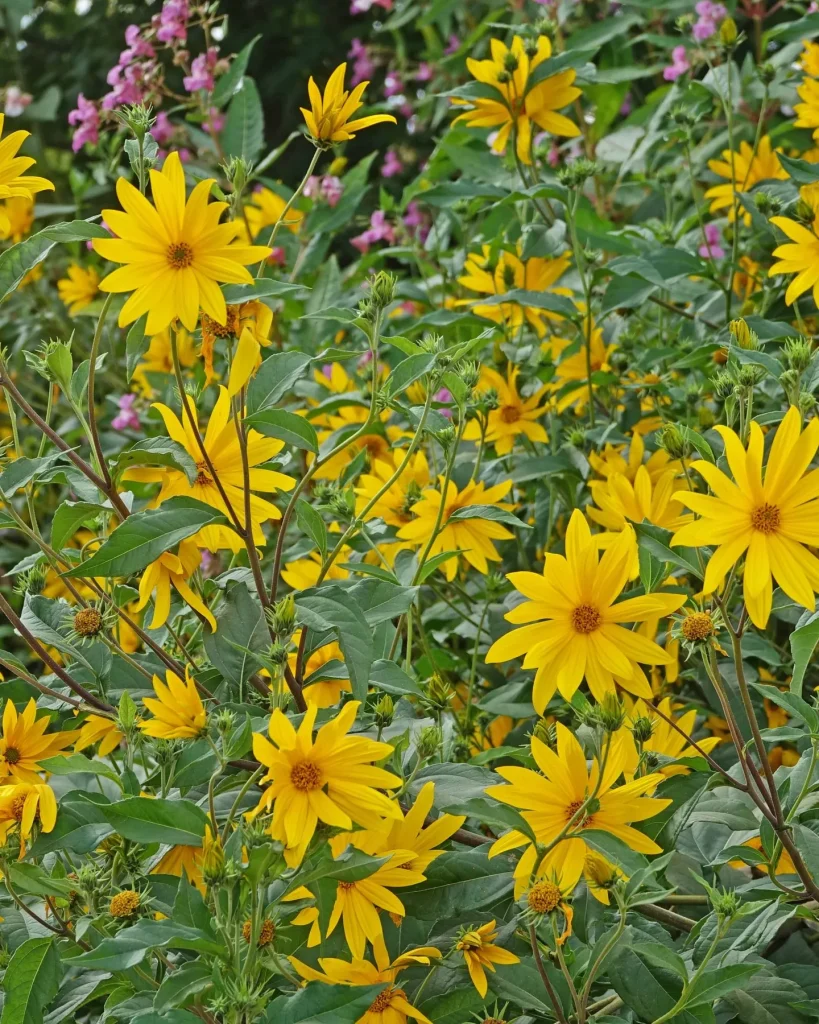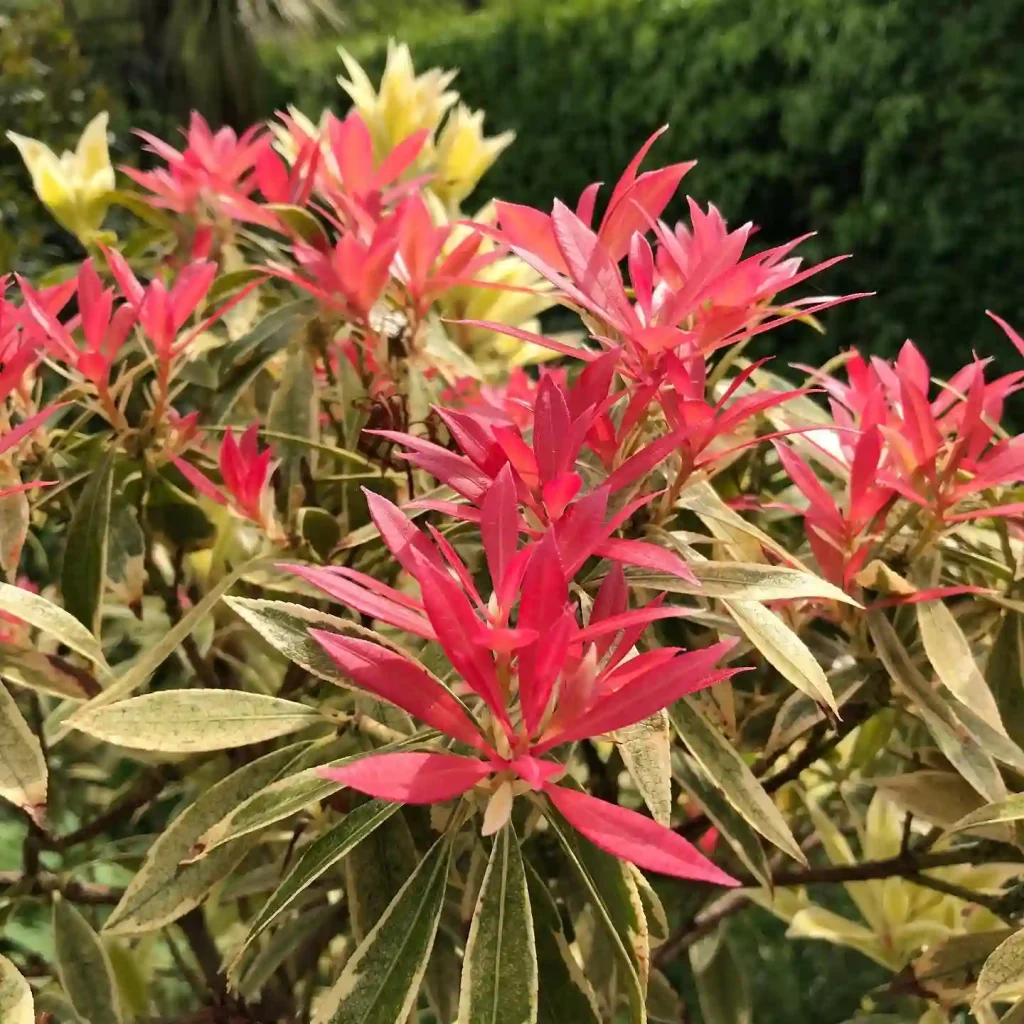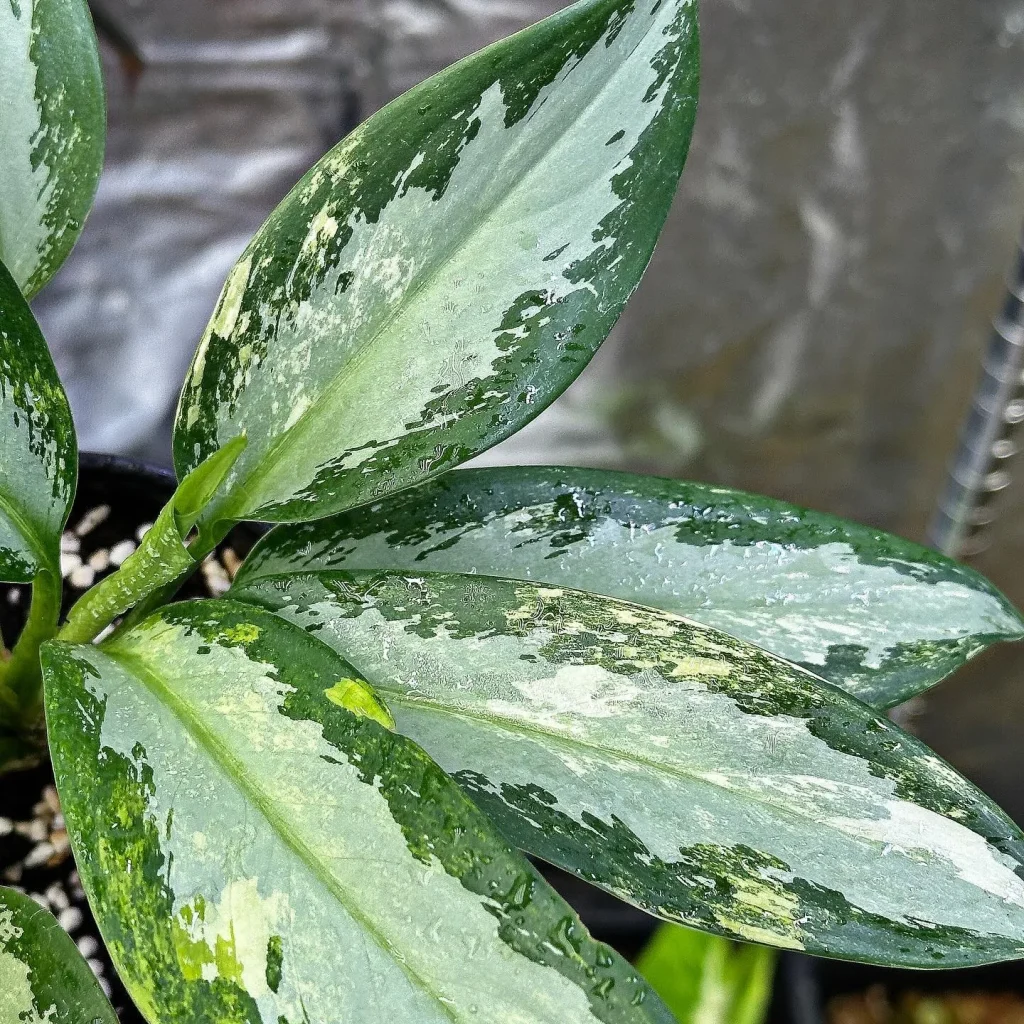
What is a dry herb vaporizer?
A dry herb vaporizer heats herbs to release their active compounds without burning them.
Do dry herb vaporizers smell?
When I use a dry herb vaporizer, there’s a noticeable but mild herbal smell that quickly dissipates.
How to clean herb grinder?
Cleaning my herb grinder involves using a small brush and sometimes a bit of rubbing alcohol to get rid of the residue.
Are herbs vegetables?
To me, herbs aren’t vegetables; they add flavor and medicinal benefits rather than bulk to meals.
How to make garlic herb butter?
Making garlic herb butter is as simple as mixing softened butter with minced garlic and fresh or dried herbs.
What herbs are perennials?
In my garden, perennials like rosemary, thyme, and oregano reliably come back every year without much fuss.
Where to buy dried herbs near me?
I usually find the best selection of dried herbs at my local health food store or farmers market.
What herbs grow well together in the same container?
Basil and parsley thrive together in the same container on my sunny kitchen windowsill.
How to make herb oil?
Making herb oil involves steeping my favorite fresh herbs in olive oil over low heat until fragrant.
How to make tinctures with herbs?
Creating tinctures with herbs is a matter of soaking the herbs in alcohol for several weeks, shaking occasionally.
What herbs are safe for cats?
I’ve found that herbs like catnip and parsley are safe and enjoyed by my feline friends.
What herbs are in Jagermeister?
Jagermeister’s distinct flavor comes from a blend of 56 herbs, including licorice root and saffron.
What herbs grow in shade?
In the shady part of my garden, herbs like mint and chives grow beautifully without too much sun.
Do deer eat herbs?
From my experience, deer love munching on herbs like basil and parsley in my garden.
How often should you water herbs?
I water my herbs when the top inch of soil feels dry, usually once or twice a week.
How to dry herbs for tea?
Drying herbs for tea is as easy as hanging them upside down in a dry, dark place until crispy.
How to infuse butter with herbs?
Infusing butter with herbs involves simmering the herbs in melted butter until their flavors meld.
What herb tastes like licorice?
To me, anise hyssop has a delightful licorice flavor that stands out in teas and desserts.
What herbs are good for allergies?
For allergy relief, I’ve found that herbs like nettle and butterbur work wonders for me.
What herbs are safe for dogs?
Herbs like rosemary, thyme, and oregano are safe and healthy treats for my dogs.
What herbs come back every year?
Perennials like sage and mint reliably return to my garden year after year with minimal care.
What herbs for chicken soup?
For chicken soup, I always use a combination of thyme, parsley, and bay leaf for the best flavor.
What herbs go in potato soup?
In potato soup, I find that dill and chives add a wonderful, fresh taste.
What herbs go well with salmon?
When cooking salmon, dill, and tarragon are my go-to herbs for a perfect pairing.
What herbs go with steak?
For steak, I love using a mix of rosemary, thyme, and garlic to enhance the flavor.
What herbs should not be planted together?
I’ve noticed that mint can overpower other herbs if planted together, so I keep it separate.
Do you need a license to sell dried herbs?
Selling dried herbs requires a license, which ensures quality and safety standards are met.
How to care for herbs?
Caring for my herbs involves regular watering, pruning, and ensuring they get enough light.
How to grow herbs in water?
Growing herbs in water, also known as hydroponics, is a clean and efficient way I’ve tried with success.
How to propagate herbs?
To propagate herbs, I take cuttings and root them in water or soil, depending on the herb.
What herb can replace parsley?
When I run out of parsley, I often substitute it with cilantro or chervil for a similar freshness.
What herb to use instead of rosemary?
Instead of rosemary, I sometimes use thyme or savory for a slightly different, yet compatible, flavor.
What herbs are bitter?
Bitter herbs like dandelion and arugula add a unique depth to salads and dishes in my kitchen.
What herbs can bearded dragons eat?
My bearded dragon loves munching on safe herbs like basil and cilantro.
What herbs cleanse the blood?
Herbs like burdock root and dandelion are great for cleansing the blood, in my experience.
What size pot for herbs?
For herbs, a 6-8 inch pot usually gives them enough space to grow without being cramped.
Can chickens eat herbs?
My chickens enjoy snacking on herbs like parsley, sage, and oregano from my garden.
How i can use herbs in my everyday life?
I use herbs daily by adding them to my meals, making teas, and even creating natural skincare products.
How long do herbs take to grow?
Herbs typically take a few weeks to a couple of months to grow to a usable size, depending on the type.
How often to water herbs in pots?
In pots, I water my herbs more frequently, usually every few days, to keep the soil from drying out.
How to dehydrate herbs in air fryer?
Dehydrating herbs in my air fryer is quick and easy, taking only a few hours at a low temperature.
How to make herb butter with dried herbs?
Making herb butter with dried herbs involves mixing softened butter with finely crushed dried herbs.
How to smoke herbs?
When smoking herbs, I use a blend in a pipe or vaporizer for a more natural alternative to tobacco.
How to tell when dry herb is done in vaporizer?
I can tell dry herb is done in my vaporizer when the flavor wanes, and the vapor production decreases.
What herb can i substitute for bay leaf?
In place of bay leaf, I sometimes use thyme or oregano for a similar aromatic quality.
What herb can i use instead of basil?
For basil, I substitute it with oregano or tarragon, depending on the dish’s flavor profile.
What herbs are perennial in zone 5?
Herbs like chives, mint, and thyme are perennial even in the colder climates of zone 5.
What herbs balance hormones?
Herbs like maca and chaste tree berry are known to help balance hormones.
What is mixed herbs?
Mixed herbs are a convenient blend I often use to quickly add multiple flavors to dishes.
Can you plant herbs in mason jars?
Planting herbs in mason jars makes for a charming and functional way to grow them indoors.
Do dry herb vapes smell?
Dry herb vapes have a subtle smell that is less pungent and lingering than smoking.
How to grind herbs?
Grinding herbs involves using a small grinder or mortar and pestle to achieve the desired consistency.
How to repot herbs?
When repotting herbs, I gently loosen the roots and place them in a larger pot with fresh soil.
How to use a dry herb vaporizer?
Using a dry herb vaporizer is straightforward: just pack the chamber, set the temperature, and inhale.
What herb removes mucus from the body?
Mullein and thyme are herbs I’ve used to help clear mucus from the body.
What herbs are good for circulation?
Herbs like ginger and ginkgo biloba are excellent for boosting circulation.
What herbs are perennial in zone 6?
In zone 6, herbs like oregano, sage, and mint return year after year.
What herbs detox the body?
To detox the body, I often use herbs like milk thistle and dandelion in teas and supplements.
What herbs grow in winter?
During winter, I grow hardy herbs like rosemary and thyme in pots indoors.
Where to get herbs?
I get my herbs from a variety of sources, including local markets, online stores, and my own garden.
What herb has purple flowers?
Purple flowers on herbs like lavender and sage add beauty and fragrance to my garden.
What herbs and spices go with ham?
For ham, I love using herbs like rosemary, thyme, and cloves for a flavorful roast.
What herbs are in cream of chicken with herbs?
Cream of chicken with herbs typically includes thyme, parsley, and sage for a comforting taste.
What herbs are perennial in zone 7?
In zone 7, herbs like oregano, chives, and lemon balm grow perennially and thrive.
What herbs are smokable?
Herbs like mullein and coltsfoot are smokable and have been used traditionally for respiratory support.
What herbs go well with chicken?
For chicken dishes, I often use herbs like rosemary, thyme, and sage for the best flavor.
What herbs go with carrots?
With carrots, I find that dill and parsley enhance their natural sweetness.
What herbs go with lamb?
Lamb pairs wonderfully with robust herbs like rosemary, mint, and thyme.
What herbs go with mushrooms?
For mushrooms, I love using thyme and tarragon to complement their earthy flavors.
What herbs go with rosemary?
Rosemary pairs well with many herbs, especially thyme and sage, in various dishes.
What herbs go with zucchini?
Zucchini benefits from the fresh flavors of basil, thyme, and oregano when I cook.
What herbs grow well with basil?
Basil grows well alongside tomatoes, peppers, and oregano in my garden.
What herbs grow well with mint?
Mint is best kept in its own container as it tends to spread and take over other herbs.
What herbs help with memory and focus?
For memory and focus, I often use herbs like rosemary, ginkgo biloba, and sage.
What herbs keep mice away?
Herbs like peppermint and spearmint are great for keeping mice away naturally.
What herbs to boil to purify air?
Boiling herbs like eucalyptus and rosemary helps purify the air and add a fresh scent to my home.
How to grow herbs from seeds?
Growing herbs from seeds requires patience and consistent care, but it’s very rewarding.
How often to water herb seeds?
I water herb seeds lightly and regularly to keep the soil moist but not waterlogged.
How to grow indoor herbs from seed?
Growing indoor herbs from seed involves using a sunny windowsill or grow lights for optimal growth.
Is it better to grow herbs from seeds or plants?
Growing herbs from plants is quicker, but starting from seeds gives me more variety and satisfaction.
How long does it take to grow herbs from seeds?
Depending on the herb, it can take anywhere from a few weeks to a few months for seeds to grow.
How many herb seeds per pot?
I usually plant a few herb seeds per pot to ensure at least one sprouts and grows well.
Can herb seeds expire?
Herb seeds can expire, so I always check the dates and store them in a cool, dry place.
Do herb seeds need light to germinate?
Most herb seeds need light to germinate, so I sprinkle them on the soil surface and keep them moist.
How deep to plant herb seeds?
I plant herb seeds about a quarter inch deep, lightly covering them with soil.
How to collect seeds from herbs?
Collecting seeds from herbs involves letting the plants flower and dry out, then harvesting the seeds.
How to sow herb seeds?
Sowing herb seeds involves scattering them over soil, lightly pressing them in, and keeping them moist.



